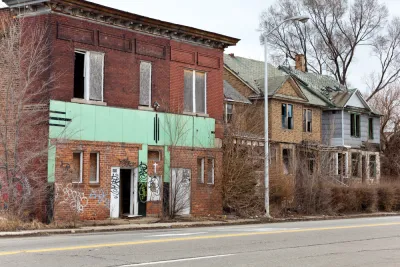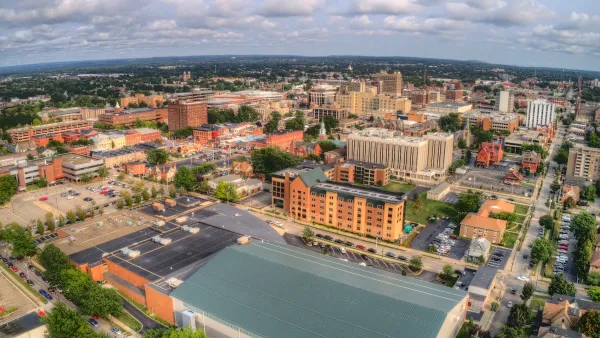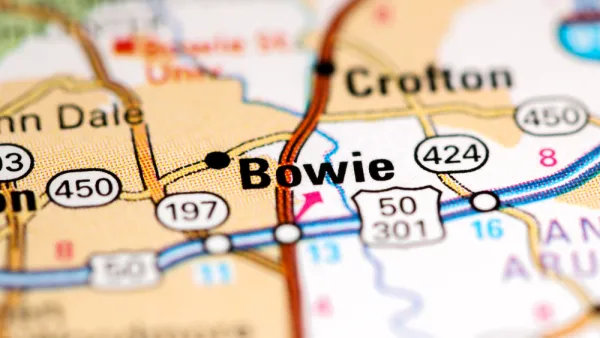Building community wealth from the bottom up is a more effective way to turn struggling communities around.

A new report from the Nowak Metro Finance Lab at Drexel University argues for a move away from community development models to a community wealth system, reports Richard Florida. "They define community wealth as 'a broad-based effort to build equity for low-income residents,' which could unlock 'hundreds of billions in market and civic capital' to revitalized struggling places across America."
This bottom-up approach looks to grow individual and collective neighborhood-based assets in distressed communities, improve access to private capital, and enhance inclusion. It is a holistic and more localized way to tackle regional inequality, says Florida.
The report points to Opportunity Zones as one alternative to federal grant-based programs, and community wealth depends on such place-based approaches, says Florida. "We already know these work—to enhance workers’ skills; support and nurture local entrepreneurship; provide services to small and medium-sized businesses; and invest in neighborhood assets such as schools and parks, and public safety and other critical public services."
FULL STORY: How to Grow the Wealth of Poor Neighborhoods From the Bottom Up

National Parks Layoffs Will Cause Communities to Lose Billions
Thousands of essential park workers were laid off this week, just before the busy spring break season.

Retro-silient?: America’s First “Eco-burb,” The Woodlands Turns 50
A master-planned community north of Houston offers lessons on green infrastructure and resilient design, but falls short of its founder’s lofty affordability and walkability goals.

Delivering for America Plan Will Downgrade Mail Service in at Least 49.5 Percent of Zip Codes
Republican and Democrat lawmakers criticize the plan for its disproportionate negative impact on rural communities.

Test News Post 1
This is a summary

Test News Headline 46
Test for the image on the front page.

Balancing Bombs and Butterflies: How the National Guard Protects a Rare Species
The National Guard at Fort Indiantown Gap uses GIS technology and land management strategies to balance military training with conservation efforts, ensuring the survival of the rare eastern regal fritillary butterfly.
Urban Design for Planners 1: Software Tools
This six-course series explores essential urban design concepts using open source software and equips planners with the tools they need to participate fully in the urban design process.
Planning for Universal Design
Learn the tools for implementing Universal Design in planning regulations.
EMC Planning Group, Inc.
Planetizen
Planetizen
Mpact (formerly Rail~Volution)
Great Falls Development Authority, Inc.
HUDs Office of Policy Development and Research
NYU Wagner Graduate School of Public Service





























